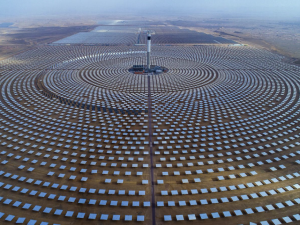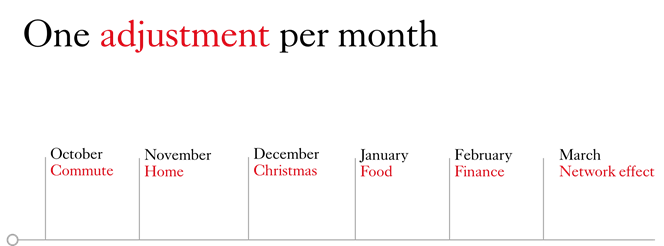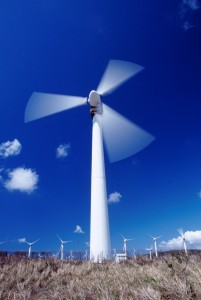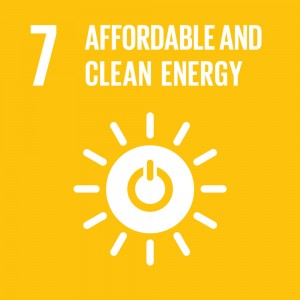This guest blog comes from Mason Cole, MA Politics and Contemporary History student and Sustainability Champion Assistant (SCA), supporting the King’s Energy Team.
In last week’s blog post, we alluded to the idea of covering the Sahara Desert with solar panels. While some of you may have had this idea before, others may have spent the past week captivated and wondering why it hasn’t been done yet. Well, aside from the fact that we simply don’t need that much energy, as we mentioned last week, there are several other reasons why we won’t do it. Read on to find out.
Why is this even an idea?
The Sahara Desert is one of the most exposed places on Earth to the sun’s rays. So, the idea is that if we could gather all that energy, we could power the world. In reality, we would harvest so much more energy than we could ever possibly need. According to Forbes, solar panels covering a surface of around 335km2 would actually be enough to power the world – this would cover just 1.2% of the Sahara Desert.
What would happen?
Outside of electricity generation, this could have several consequences. First, the light colour of the Saharan sand serves the purpose of reflecting the sun’s light and heat back into the air. By covering this, we would be ensuring that more sunlight is absorbed, thus prompting a rise in ground temperature. Warmer air then rises to higher altitudes and condenses as clouds that will then fall as rain, completely transforming the desert as we know it.
Why is this an issue?
The planet works based on a series of well-balanced systems, and this could completely upset the apple cart. The Amazon Rainforest, for example, is reliant on the mineral-rich sands blown from the Sahara for nutrients. Without these, the Amazon will not receive enough nutrients to survive, and its downfall could be accelerated. Furthermore, the increased heat in the desert won’t end there. It will be transported worldwide through weather systems, resulting in less rainfall for the Amazon and more unstable weather in regions such as North America or Asia.
What’s the silver lining?
We don’t need 100% of the Sahara to be covered in solar panels. Even 20%, which is the amount that would kickstart these impacts, is not needed. Instead, a series of smaller solar farms covering 1.2% of the surface should be enough to generate enough electricity without having such extreme impacts on the environment.
But is it feasible?
It is probably not realistic to expect political cohesion and economic investment to quickly make such a concept a reality. However, if projects such as the Noor Ouarzazate Solar Complex in Morocco continue to show good results, there is no reason why a series of independent projects cannot be set up over a longer time period that could meet our energy needs.
As always, if you have any further questions or want to get involved with King’s Energy, get in touch!






